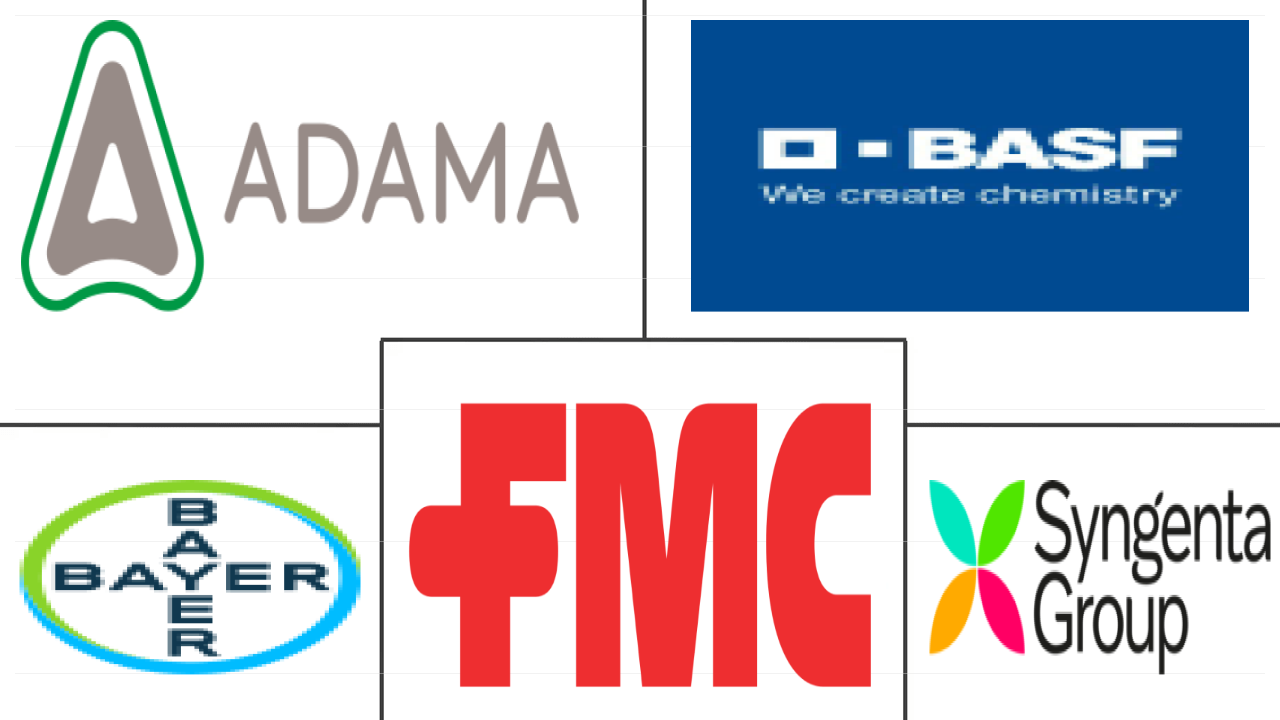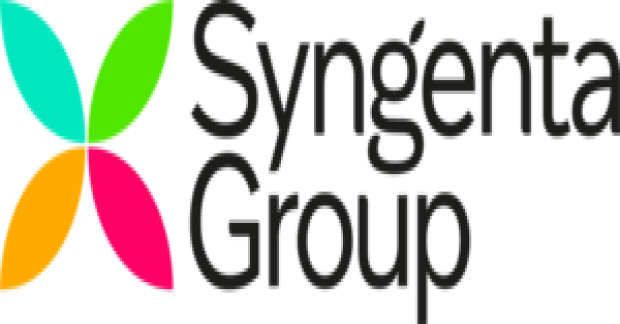Market Size of soil treatment Industry
| Icons | Lable | Value |
|---|---|---|
|
|
Study Period | 2017 - 2029 |
|
|
Market Size (2024) | USD 28.45 Billion |
|
|
Market Size (2029) | USD 36.38 Billion |
|
|
Largest Share by Function | Herbicide |
|
|
CAGR (2024 - 2029) | 5.04 % |
|
|
Largest Share by Region | South America |
Major Players |
||

|
||
|
*Disclaimer: Major Players sorted in no particular order |
Soil Treatment Market Analysis
The Soil Treatment Market size is estimated at 28.45 billion USD in 2024, and is expected to reach 36.38 billion USD by 2029, growing at a CAGR of 5.04% during the forecast period (2024-2029).
28.45 Billion
Market Size in 2024 (USD)
36.38 Billion
Market Size in 2029 (USD)
5.45 %
CAGR (2017-2023)
5.04 %
CAGR (2024-2029)
Largest Segment by Function
73.34 %
value share, Herbicide, 2023
Herbicides can be applied through soil treatment with precision, targeting specific areas where weed pressure is high, optimizing herbicide use, and reducing costs.
Fastest-Grwoing Segment by Function
5.37 %
Projected CAGR, Herbicide, 2024-2029
Herbicides can be applied through soil treatment with precision, targeting specific areas where weed pressure is high, optimizing herbicide use, and reducing costs.
Largest Segment by Crop Type
43.79 %
value share, Grains & Cereals, 2023
The grains and cereals segment dominated the global soil treatment market as they face major challenges in early growth stages due to soil-borne diseases, pests, and weeds.
Largest Segment by Region
43.25 %
value share, South America, 2023
Factors such as the need for effective pest management, expansion of cultivation, and increasing recognition of soil treatment drive the growth of the South American market.
Leading Market Player
13.85 %
market share, Syngenta Group, 2022

The company invests more than USD 1.3 billion annually in the research and development of innovative agrochemical products to address farmers' crop protection challenges.
Herbicides dominate the market due to their effectiveness through soil treatment methods
- Herbicides accounted for the highest share of 73.24% in the utilization of soil treatment methods in 2022. These herbicides specifically target weed seeds, impeding their germination even prior to crop sowing. This approach has gained popularity due to its ability to proactively manage weed populations proactively, ensuring better crop establishment and overall weed control.
- There is a growing trend toward adopting modern farming practices, including no-till and minimum-till farming. Herbicides may be applied through the soil treatment method with precision, targeting specific areas in the field where weed pressure is high, thereby optimizing herbicide use and reducing costs. These factors are driving the adoption of soil treatment for herbicide applications.
- Insecticides accounted for a share of 13.14% of the global soil treatment market in 2022. Although the pupae and eggs in the soil are not affected by the normal doses of pesticides, larval and adult stages may be controlled by soil treatment. Pests like white grubs, wireworms, fungus gnats, and soil mealybugs may effectively be managed by soil application.
- The utilization of soil treatment fungicides was predominantly focused on grains and cereals, representing the largest share of 45.9% in the market. This preference is driven by the effectiveness of fungicides in protecting the quality of grains and cereals, as they help prevent or reduce fungal infections.
- The soil treatment of nematicides like aldicarb, fenamiphos, and oxamyl may effectively be employed in controlling microscopic nematodes like Meloidogyne incognita and Pratylenchus brachyurus that are known to cause significant losses in various crops.
- Owing to the aforementioned factors, the market for soil treatment is anticipated to grow.
The rise in yield losses in major countries due to pests is driving the use of soil treatment
- Soil-borne pests may have a significant global impact on agriculture and ecosystems. These pests include nematodes, fungi, bacteria, and insects that live in the soil and can damage crops, reduce yields, and disrupt ecosystems. Managing pests effectively is essential for ensuring food security and maintaining a stable food supply. During 2017-2022, the global crop protection chemicals market registered a CAGR of 5.7%.
- In 2022, the soil treatment segment in South America held a substantial 43.0% share of the global market. From 2017 to 2022, the region witnessed a noteworthy increase in market value, accounting for USD 3,429.6 million. Growers commonly employ soil drenching, broadcast, and furrow application techniques for soil treatment. Enhancing the control of soil-borne diseases and pests through these methods improves crop yields. The growing emphasis on preserving soil health has prompted farmers to embrace these soil treatment approaches.
- North America is the second leading country, holding a substantial 28.4% global market share. Soil-borne diseases are considered a major limitation of crop production. Soil-borne plant pathogens such as Rhizoctonia spp., Fusarium spp., Verticillium spp., Sclerotinia spp., Pythium spp., and Phytophthora spp. can cause 50% to 75% yield loss for many crops such as wheat, cotton, maize, vegetables, fruits, and ornamentals.
- Therefore, the global soil treatment market value is expected to register a CAGR of 5.0% during 2023-2029 and is anticipated to witness significant growth in all crop types due to the changing climate and rising crop losses due to pest infestation.
